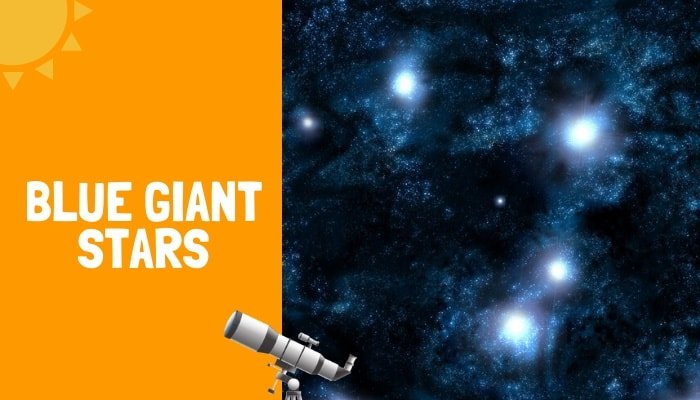When looking into the night sky, the moon is what most stands out, and our understanding of our closest neighbor is always growing. But what does the moon do? It may just seem like a giant blob in our night sky, but you may only be surprised what the moon does.
One of the moon’s essential factors for us on earth is keeping the earth stable on its spinning axis with its gravitational pull on the Earth, making it a more livable planet. Without the moon, the earth would wobble violently and give us rough weather conditions.
So the moon keeps us steady on our axis, and for us, on earth, this may be the most critical factors, but there are other things the moon does that are important. Some are surprised that the moon has a big effect on animals.
How the Moon Controls Tides
The moon controls the tides on earth; the gravitational pull as both the earth and moon rotate pulls and pushes to create low and high tides. With no moon, the waves would be much bigger and cause devastation on earth.
We have compiled a more in-depth guide on how the moon causes tides if you want a more comprehensive answer.
The Moon’s Gravitational Pull
The gravitational pull doesn’t just control the tides that we get on earth. The gravitational pull keeps our earth steady on its axis as it turns. Without this, the earth would wobble widely and cause extreme weather conditions that could be unlivable.
Again if you would like more information on how the moon’s gravitational pull affects the earth, we have completed a much more informed answer.
Lunar Clock
You may have heard of circadian rhythms, which refer to day and night cycles are driven by the earth orbiting the sun. Our circadian rhythms can be utterly wrong-footed by jetlag, like when we take a long flight or when the clock changes once a year.
There is a circadian rhythm that is ultimately tied to the lunar cycle. Animals can completely rely on moonlight, and any change in the cycle can throw their circadian rhythm.
Farmers around the world have used the moon as a clock for when they plant or when they harvest their crops.
How the Moon Controls Animals
Many animals are affected by the moon, and below we will highlight some animals that most reply on the moon.
Sand Hoppers
These little creatures need the perfect water conations to survive in our seas. They have two senses, one that uses the sun and another that they use with the moon. Both the sun and the moon guide the sand hoppers to the perfect water conditions. Any changes to the sun or the moon would have dramatic effects on these little animals.
Dung Beetles
The moon in the African desert creates a polarization pattern as its light is scattered through the night sky.
Now, what does this have to do with a dung beetle, you may ask. Well, the polarization pattern caused by the moon allows the dung beetle to move its dung ball in a straight line to its burrow.
Scientists in a lab in Sweden collected some dung beetles to put this to the test. They took out the polarization pattern, and they found that the dung beetles would travel in circles and could not make it back to their burrow.
So, it is now believed that dung beetles rely entirely on the polarization pattern. As we know caused by moonlight scattered through our atmosphere to find their way to their burrow.
With the ever-growing problem of light pollution, animals who rely on the moon is having a dramatic effect. Light pollution can confuse the animals and make them emerge from their burrows at the wrong times, causing them problems. In some high light pollution areas, some animals are becoming extinct.
Many more animals are affected by the moon, but these are two that I feel have such a significant impact from the moon.
Conclusion
We have found out that the moon does a lot more than first meat the eye. Next time you get out of your telescope to view the moon, you will know it not only looks impressive in your telescope. It is having a massive effect on more than we first imagined down here on earth.
We have a lot of knowledge about the moon, and we have answered many questions on our site. There are still many things we don’t have a full understanding of or closest neighbor the moon. With this said, we are continually making discoveries. With space expedition looking to become more frequent, more findings are just around the corner.



